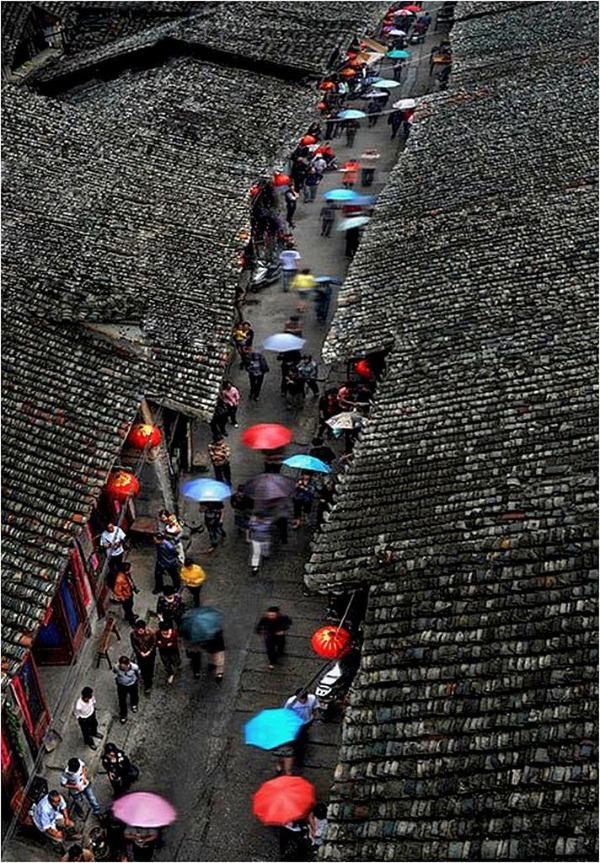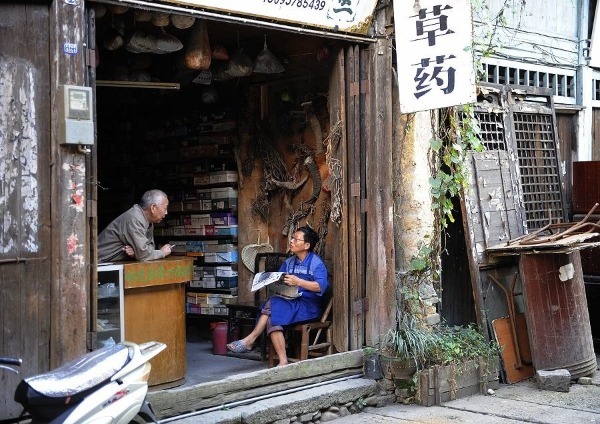Zhejiang province: Xijie Street Historical and Cultural Block in Longquan City

Xijie Street Historical and Cultural Block in Longquan City
龙泉市西街历史文化街区
Dating back to the Tang Dynasty (618-907), the pattern of Xijie Street, or West Street, in Longquan city of East China's Zhejiang province, has definite historical characteristics.
The street is centered on the Jifu Temple, or West Great Temple, and adopts the temple gate as its central axis. It then extends along the Xisimen Road with green belts on both sides, and goes north to Jiugu Mountain and south to the Longquan Stream.
"There's always a canal to go with each West Street." Xijie Street is laid out side by side with a canal named yunshuiqu, or the West Canal, and they share access to buildings on Xijie Street’s south side.
West Street provided road for horses and carriages while the West Canal was used for drainage, irrigation and washing. Every 30 to 40 meters on the street there is a north-south xiaonong, or hutong alleys. The buildings within those alleys are connected with each other and arranged in groups, mostly composed of one big house complex or several big houses.
Today, the West Great Temple and the view of the central axis along Xisimen Road have both disappeared.

The original one big house structures are now divided into small households because the family structure has changed from one big family with different generations living under one roof to small families of three members; family privacy has been enhanced.
All the doorways of each house adjacent to the canal open onto West Street. The old idea of "one street with one canal" on a West Street has also disappeared as the West Canal was covered and paved for use as a road.
Currently West Street is divided into upper and lower sections by Park Road. The lower section of the street, its most bustling, is dominated by shops with grey bricks and black tiles.
There are more than 70 traditional Chinese workshops left on Xijie Street, such as herbal shops, barber shops, blacksmith shops, antique shops, and steelyard shops, which have retained their traditional style after witnessing the prosperity of the past.





